SPECIAL PLACES - CURACAO
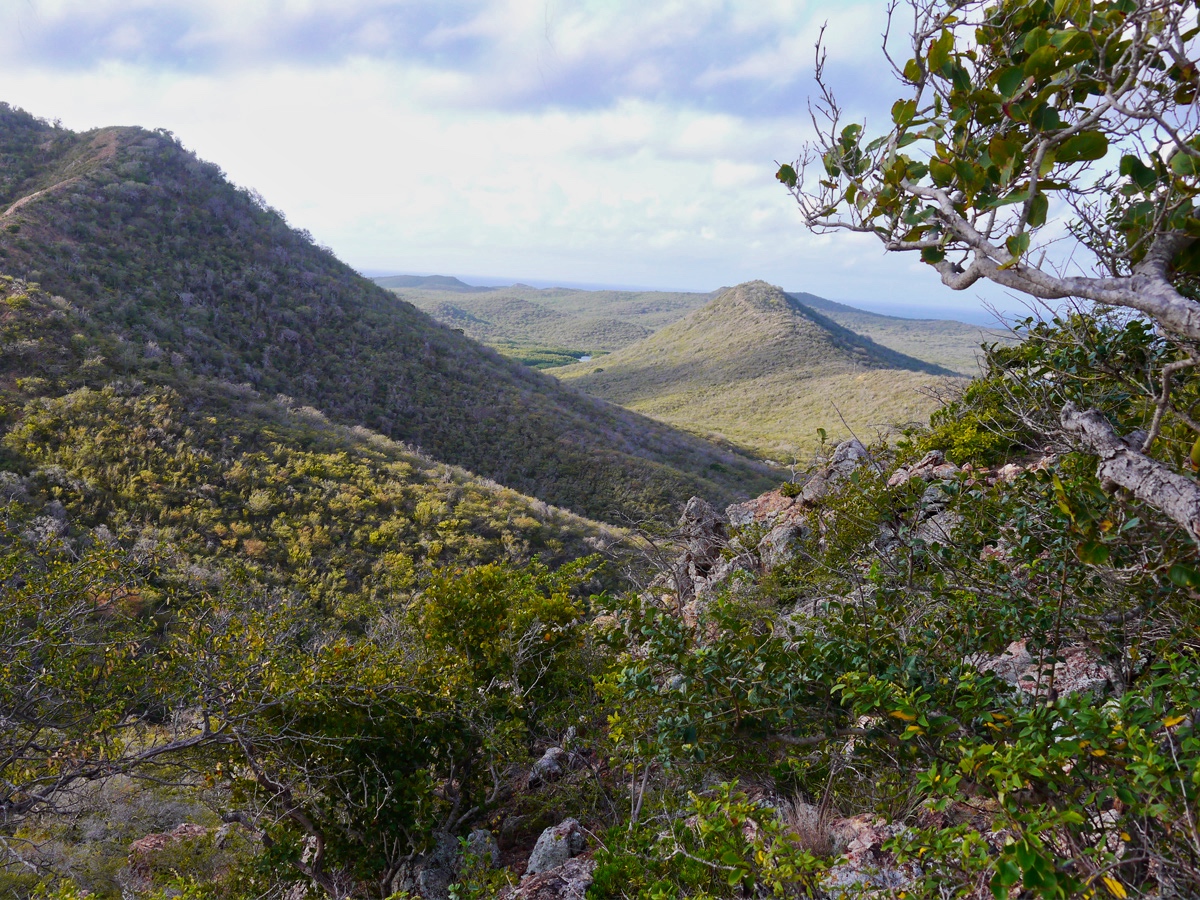 Christoffel Park
Christoffel Park
Walks in Nature
This park of many acres is a national reserve. Many types of birds, trees and plants inhabit it. Indian caves and drawings can also be admired in this area. The view of the extended surroundings from the many hills is breathtaking. You can drive or walk through the different paths. It is challenging to climb the highest point of Curaçao, which is the top of the Christoffelberg (370 metres/ 1240 feet). From the top of the mountain you have the most beautiful view of the island. You will also meet iguanas, tropical birds, rabbits, wild donkeys, small boars, white tale deer and the local snake (not poisonous). The region is full of cacti, green shrubs and exotic vegetation. Especially during the rainy season it is a must to visit the Christoffel Park. Guided tours are available and you can visit a good information centre at the entrance to receive road maps etc.
On the road to Westpunt
Banda Abou
864-0363
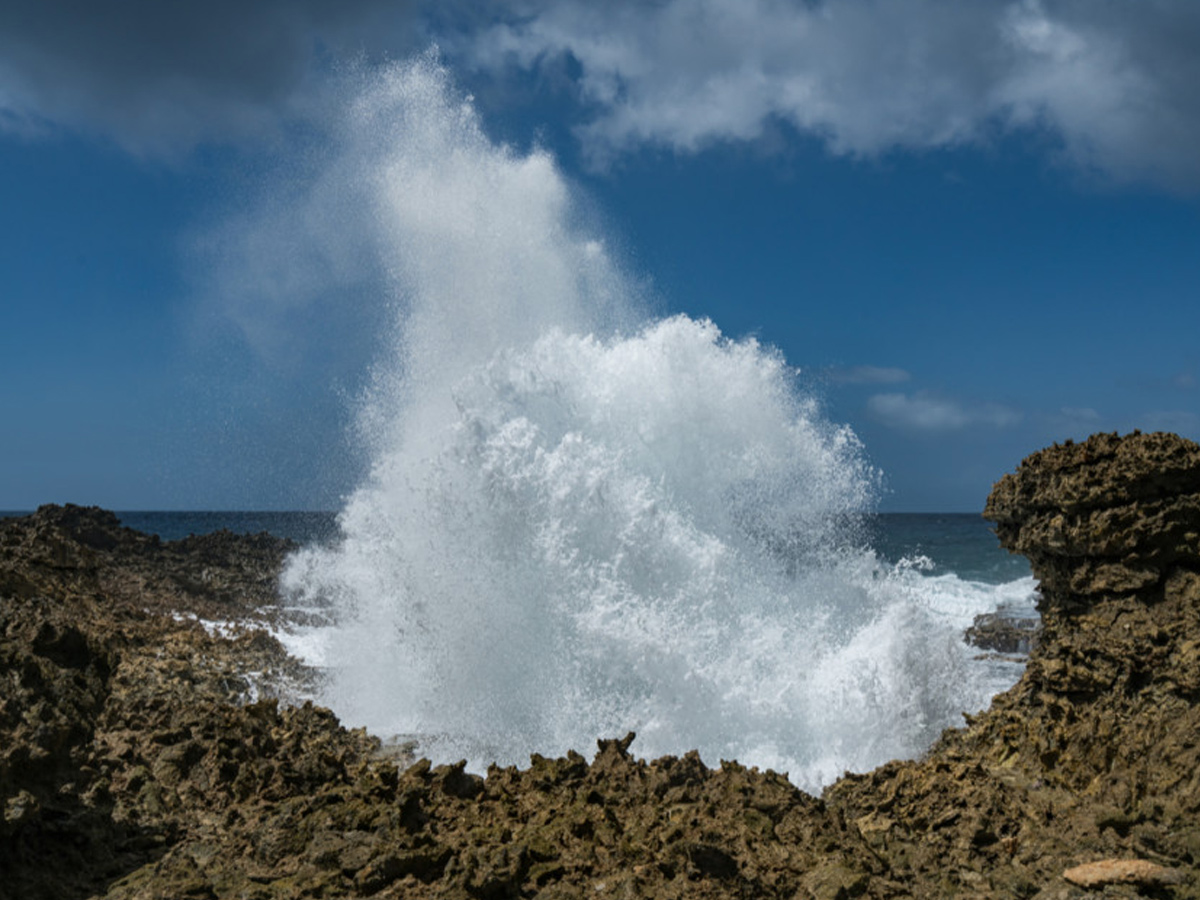
Sight Seeing Adventure
The northern coast of the island has its own character. Here the water is rough and the landscape consists of large, sharp volcanic rocks. High waves are beating continuously against the rock walls, an impressive sight. Shete Boca stands for seven bays (inlets). The best-known bay is Boca Tabla. You can enter this open cave and experience how the high waves beat against the rocks inside of the cave. During a walking tour you will have a splendid view over the rugged northern coast and countryside. At the entrance to the Christoffel Park you can receive a map of the region and of the different sights. Situated at this location is a small food vendor serving local food.
On the road to Westpunt
Banda Abou
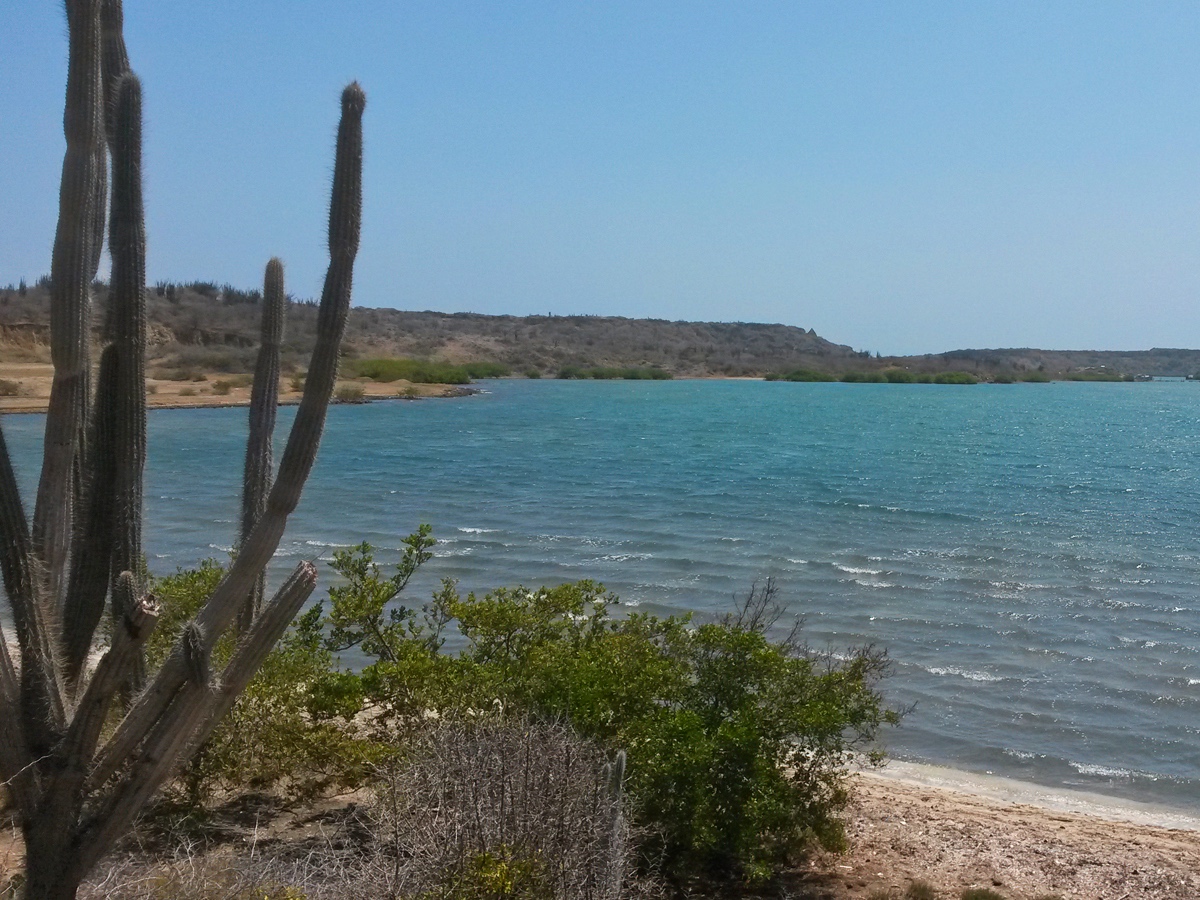
Walks in Nature
Behind the Chogogo Resort a walking trail leads to the salt lakes of Jan Thiel, a beach situated in the east of Curaçao.
If you pass the narrow passage between the sea and the inner lake, you can walk along the waterside all the way to Seaquarium beach. Your walk lasts about an hour so do not forget to wear comfortable shoes, sun protection and bring some water. Walking through its paths you can enjoy beautiful sights along coastline, the lake and in the countryside.
Jan Thiel Salt Lake
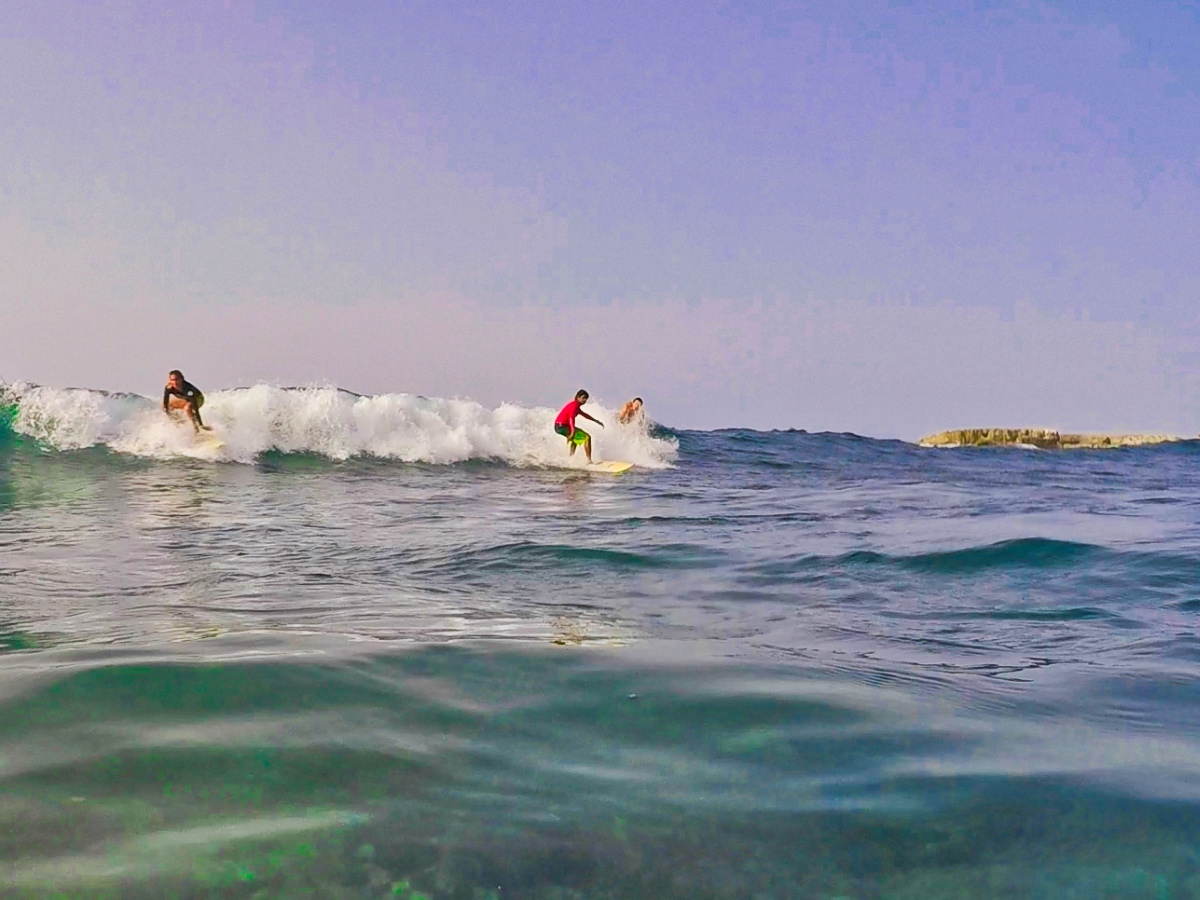
Surfers Beach
If you like to wander further from the generally known places, you can visit a beach on the rough north side of the island called Playa Kanoa. It is a place where surfers like to meet. The small inner bay is a mooring place for local fishermen. You can take a walk along the rough coastline where high waves beat against the rocks. It is an adventure to stand face to face with these natural forces. In the bay there is a calm small beach where you can enter the sea.
Kaya Playa Kanoa
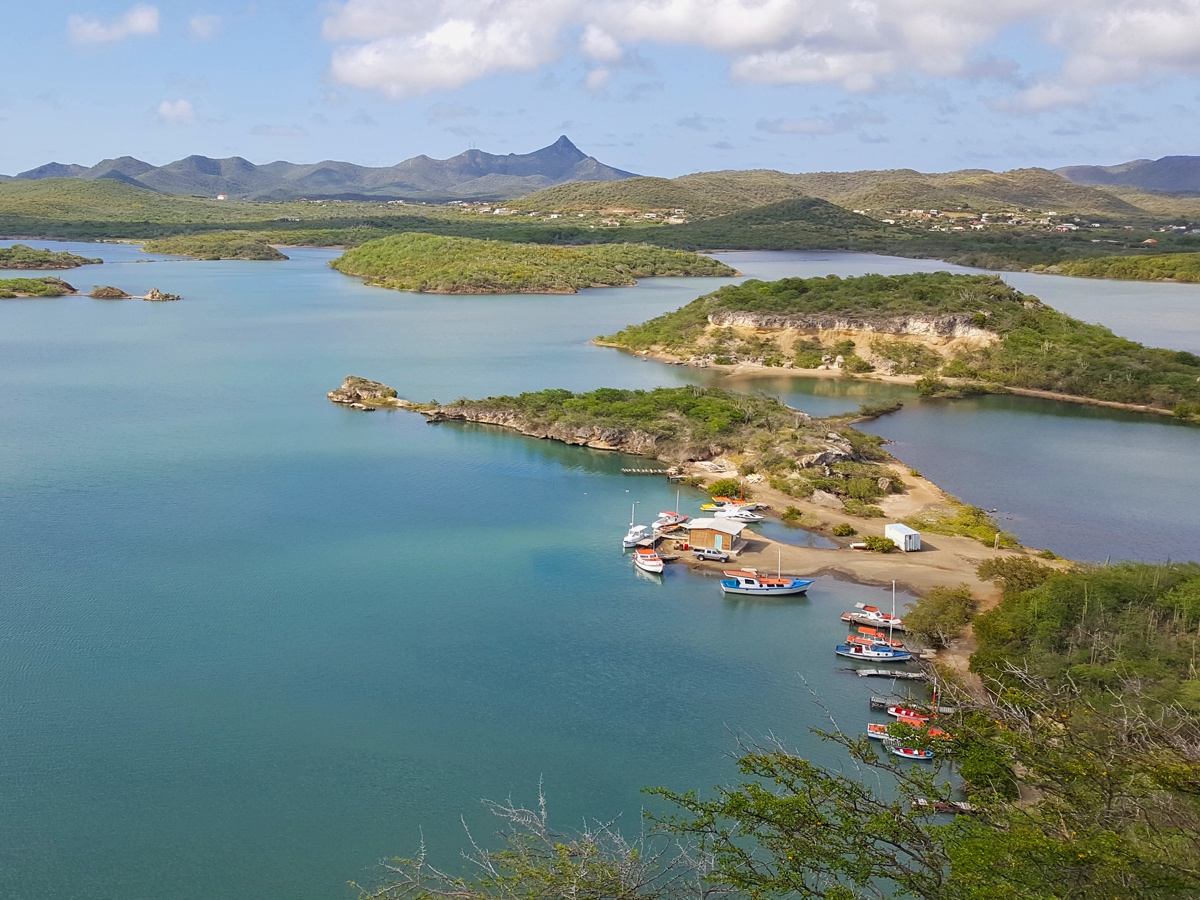
Country side
Curaçao can be divided into two sections: a developed section consisting of much habitation and
an open countryside section called Banda Abou, a very beautiful and picturesque area. Many country houses are built in Banda Abou. The small villages worth visiting are Soto, Santa Martha, Jan Kok, Lagun, Westpunt and Barber. These villages are situated along adventurous long country roads running through the western section of Curaçao. You can often see pink flamingos residing in Jan Kok. You will pass by many churches and colonial houses in the area built in tropical colors. In this region of the island you can visit many clear blue water beaches where it's great to swim and lovely restaurants that serve grilled meat or fish dishes.
On the road to Westpunt
Banda Abou
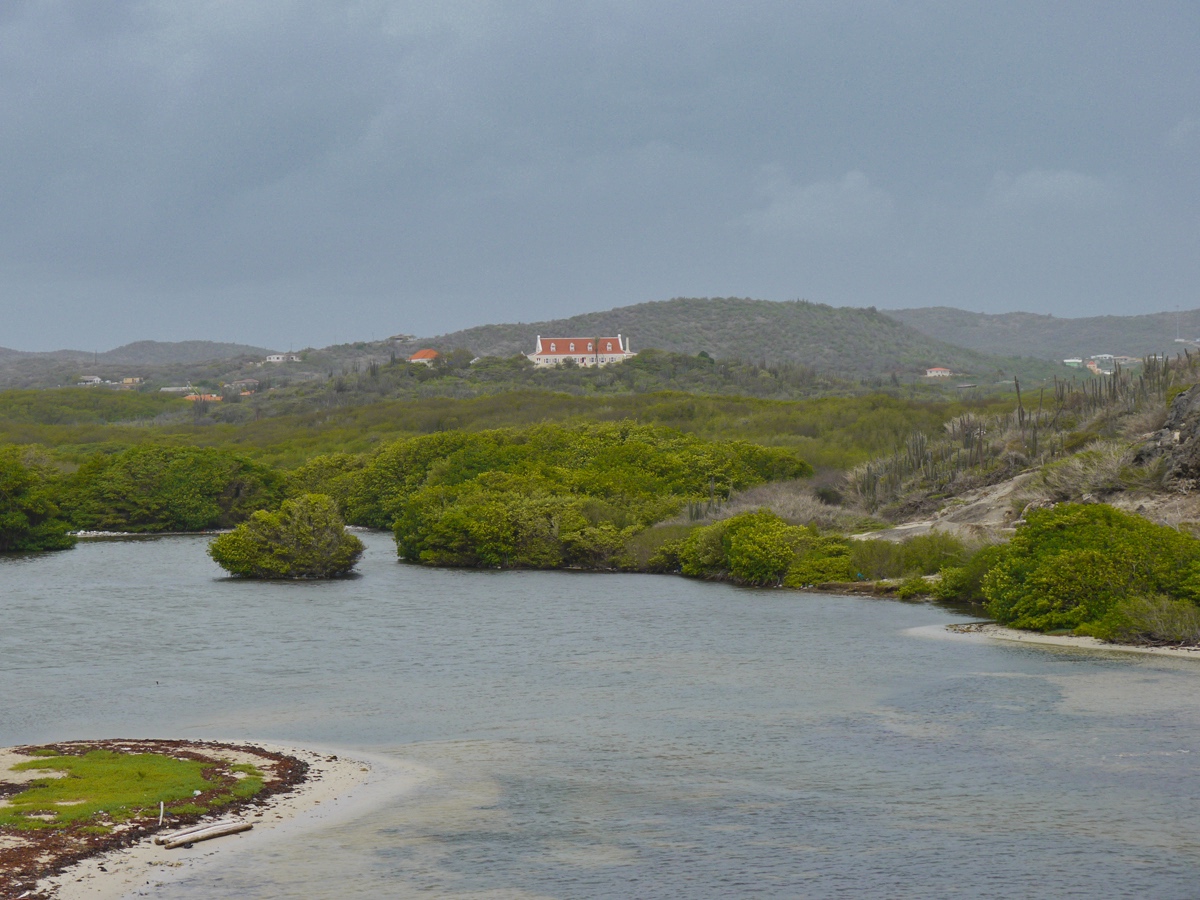
Walks in Nature
On the road to Banda Abou before the intersection near Dokterstuin there is a lake that is supervised by Stichting Uniek Curaçao. The gate is always open so you have free access to the lake. You will reach the lake through a small dirt road in the woods. It is a rather shallow lake with sea sand on its shores. The area lies between the rugged rocky northern coast, which gives the lake an oasis effect. It is a natural breeding area for birds and a lot of turtles come here to lay eggs.
On the road to Westpunt
Banda Abou
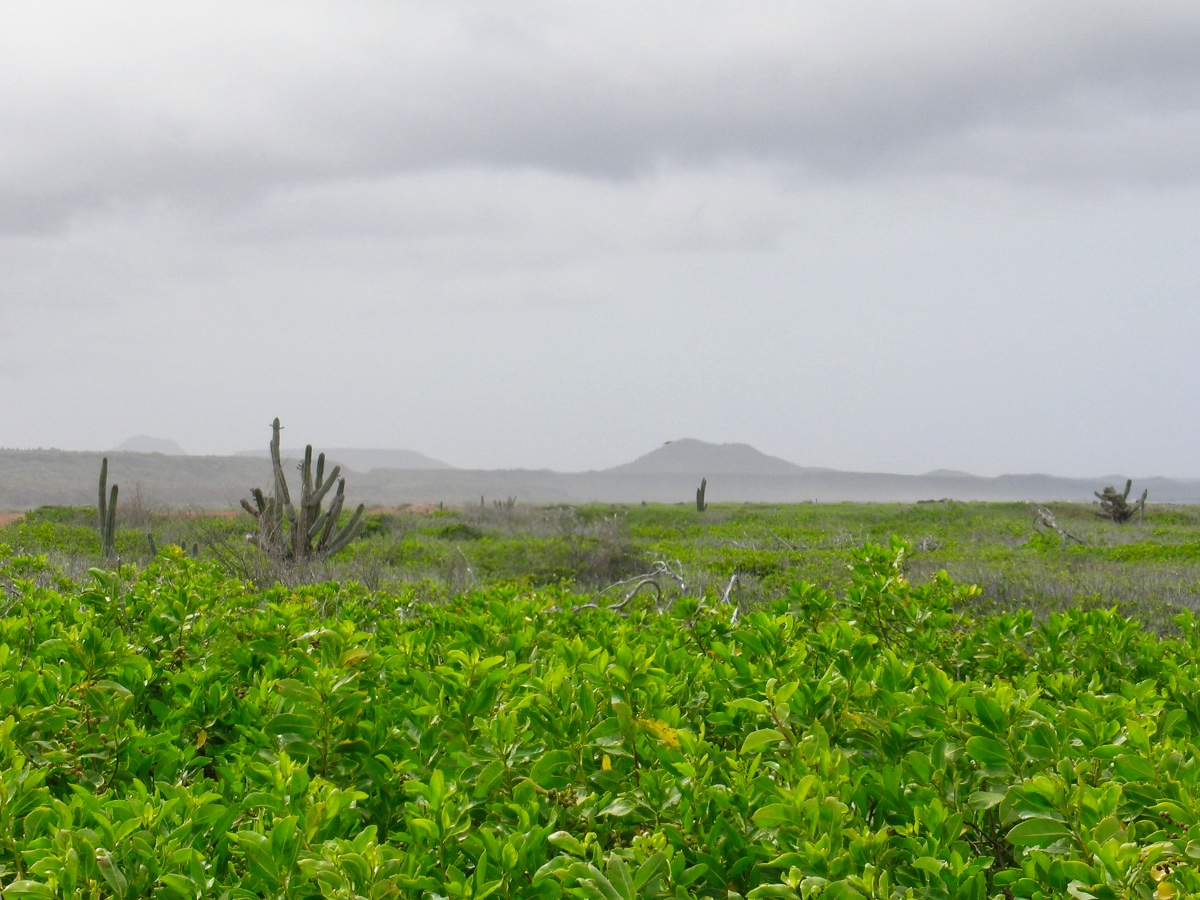
Walks in Nature
In the middle of the Tera Cora area on the way to Banda Abou, at the northern coast lie a few small inlets. The local people call them plastic and wood beach. All kinds of plastic and wood material run from the north sea to these inlets. Locals like to gather driftwood here while hiking along the rocks. A little further you will find yourself in the middle of a beautiful natural area with the strong water currents and the vast red sand. You will reach the area driving through a small road, and entering the second turning on the right after Soto. Please pay attention to the San Pedro sign. The inlets are situated just before the last windmill.
On the road to Westpunt
Banda Abou
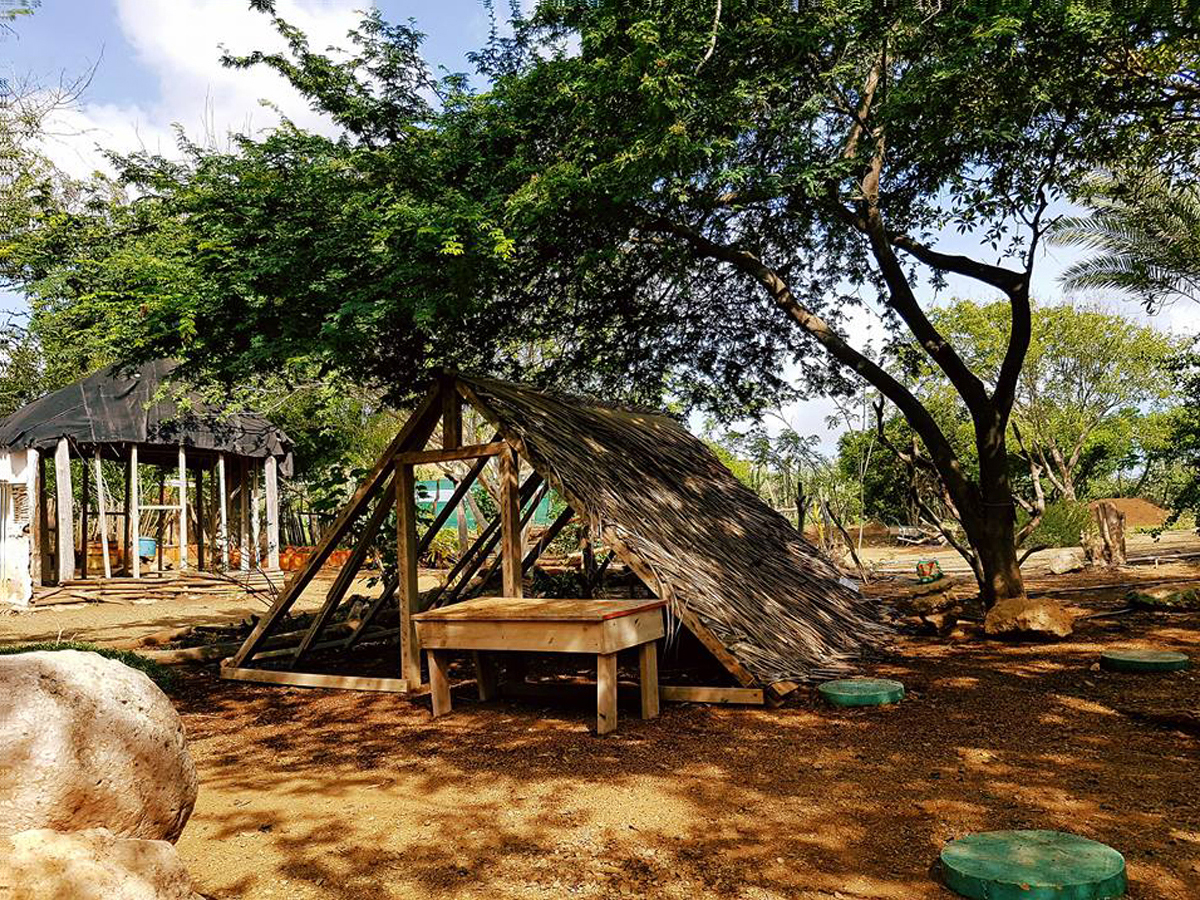
Herb Garden
Dinah Veeris began a research into healthy herbs and old traditions. She interviews elderly people to recover and preserve their knowledge for future generations.
She studied at ‘California School for Herbal Studies’. On her return she began to cultivate the garden Den Paradera. Walking through the garden experienced guides will explain to you the history of authentic trees and the use of an enormous variety of herbs. At the back of the garden you can visit a cottage in which the way of life in the old days is revealed. You can also buy souvenirs and Dinah Veeris products.
Seru Grandi 105
Banda Ariba
767-5608
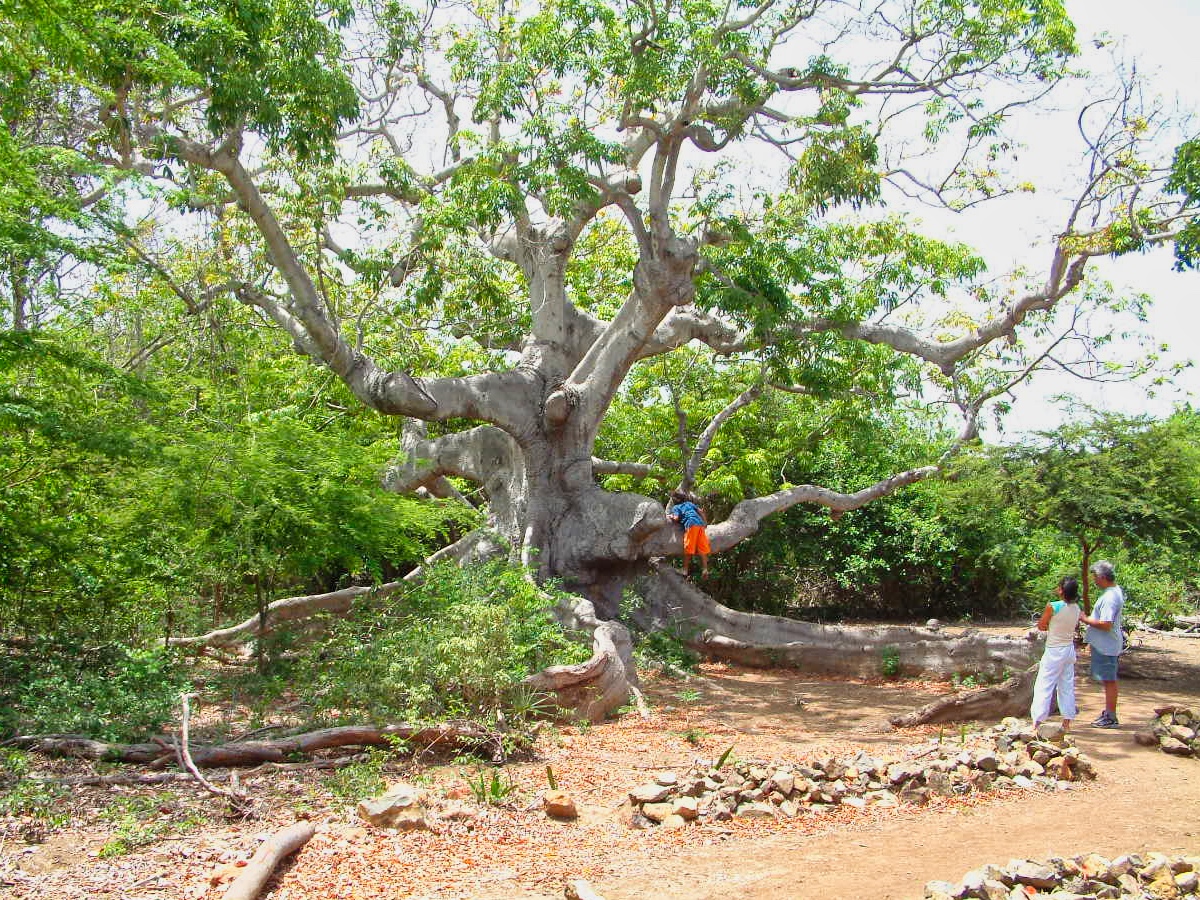
Walks in Nature
Situated near the village of Barber is a small garden that will be a nice experience for nature lovers. The area is 14 hectares large and has its own history. A six hundred year old kapok tree stands on the terrain; it is the oldest tree on the island. Before the island was colonized Indians planted the kapok tree. For the natives it was a prestigious tree. The terrain lies between a number of hills and therefore is inhabited by a wealth of flora and fauna. A few streams run through the garden and you can also find a water well. For more information about the park or guided tours you can contact Amigu Di Terra, a nature preserve organization.
On the road to Westpunt
Banda Abou



